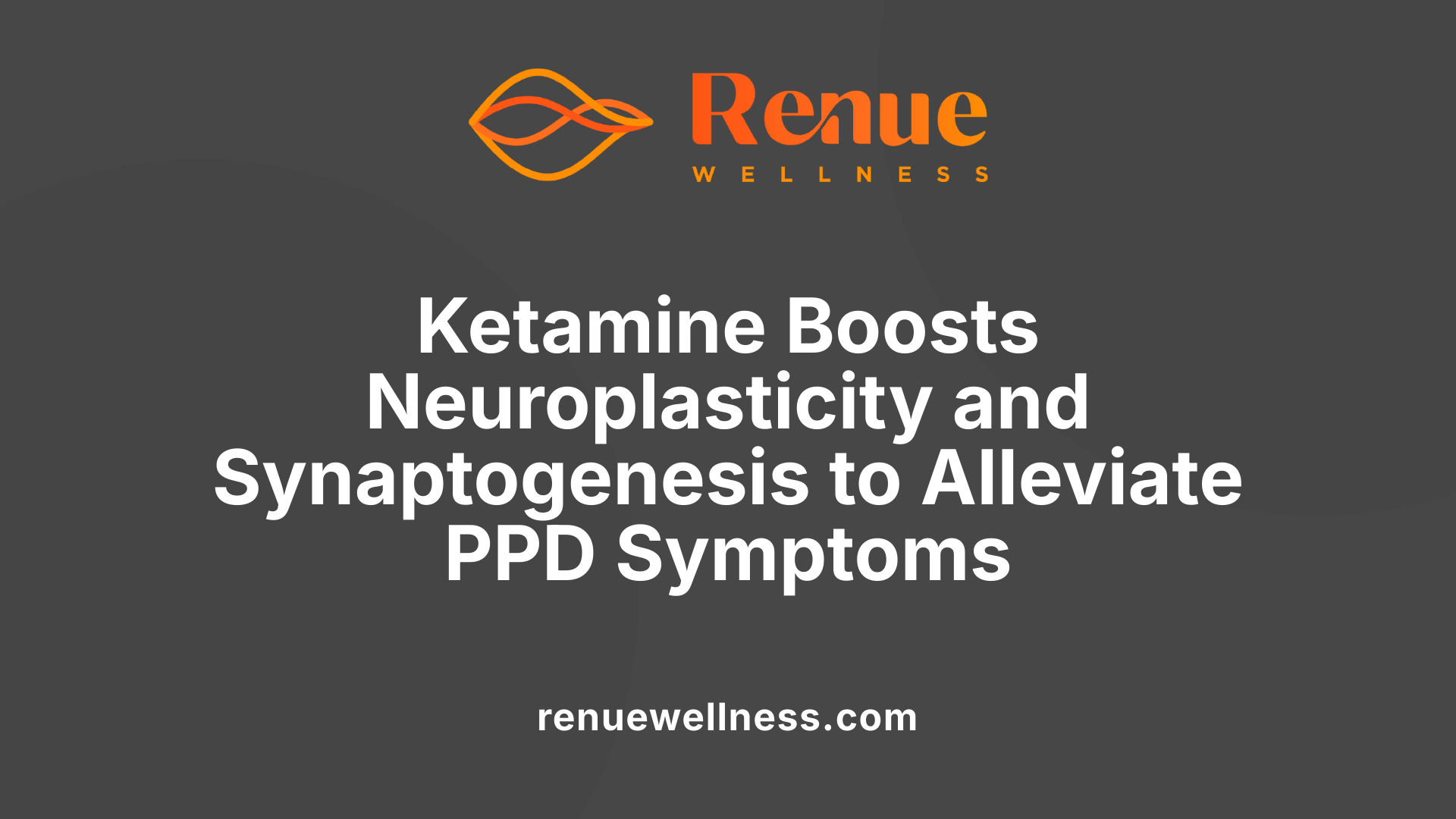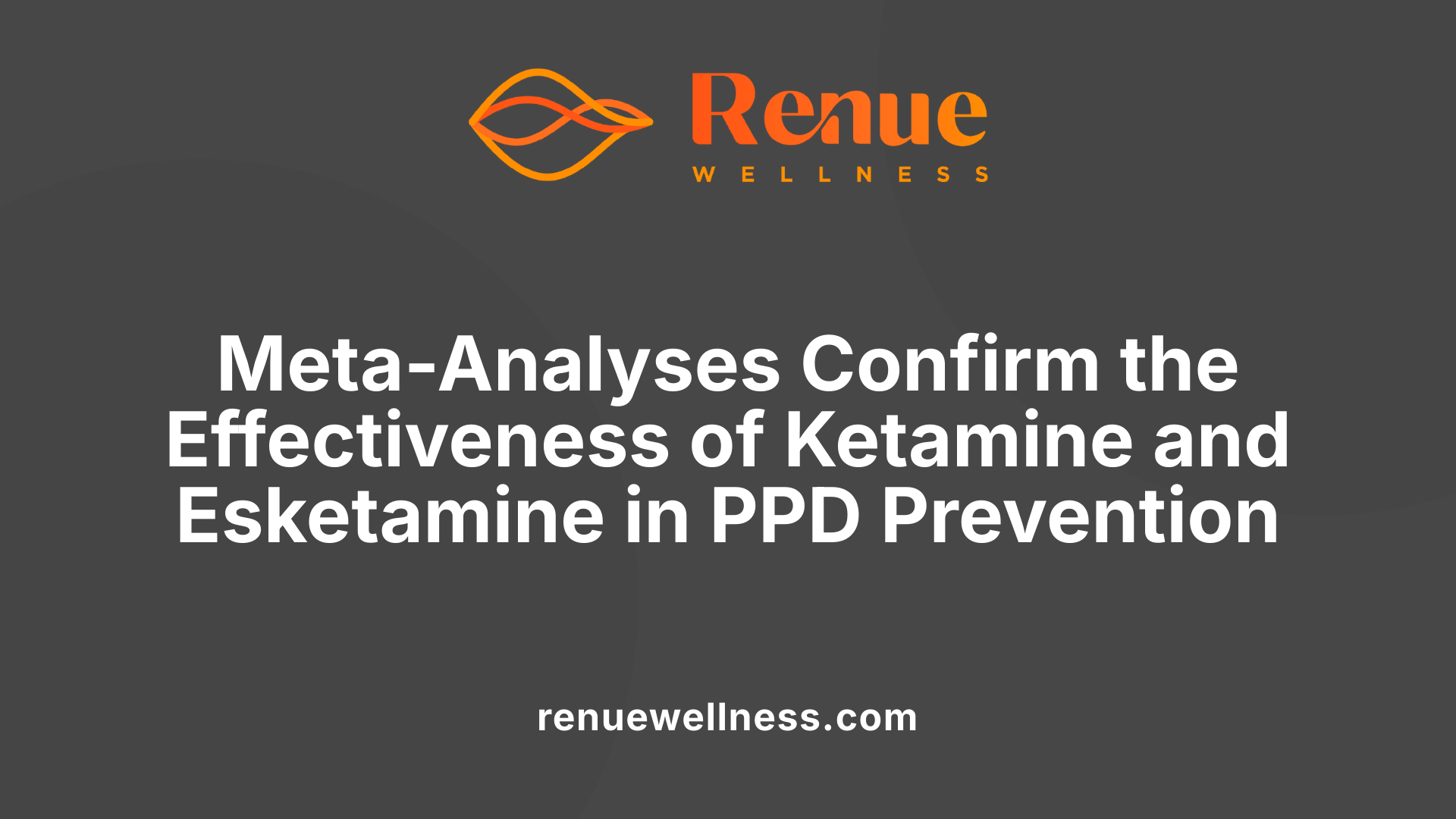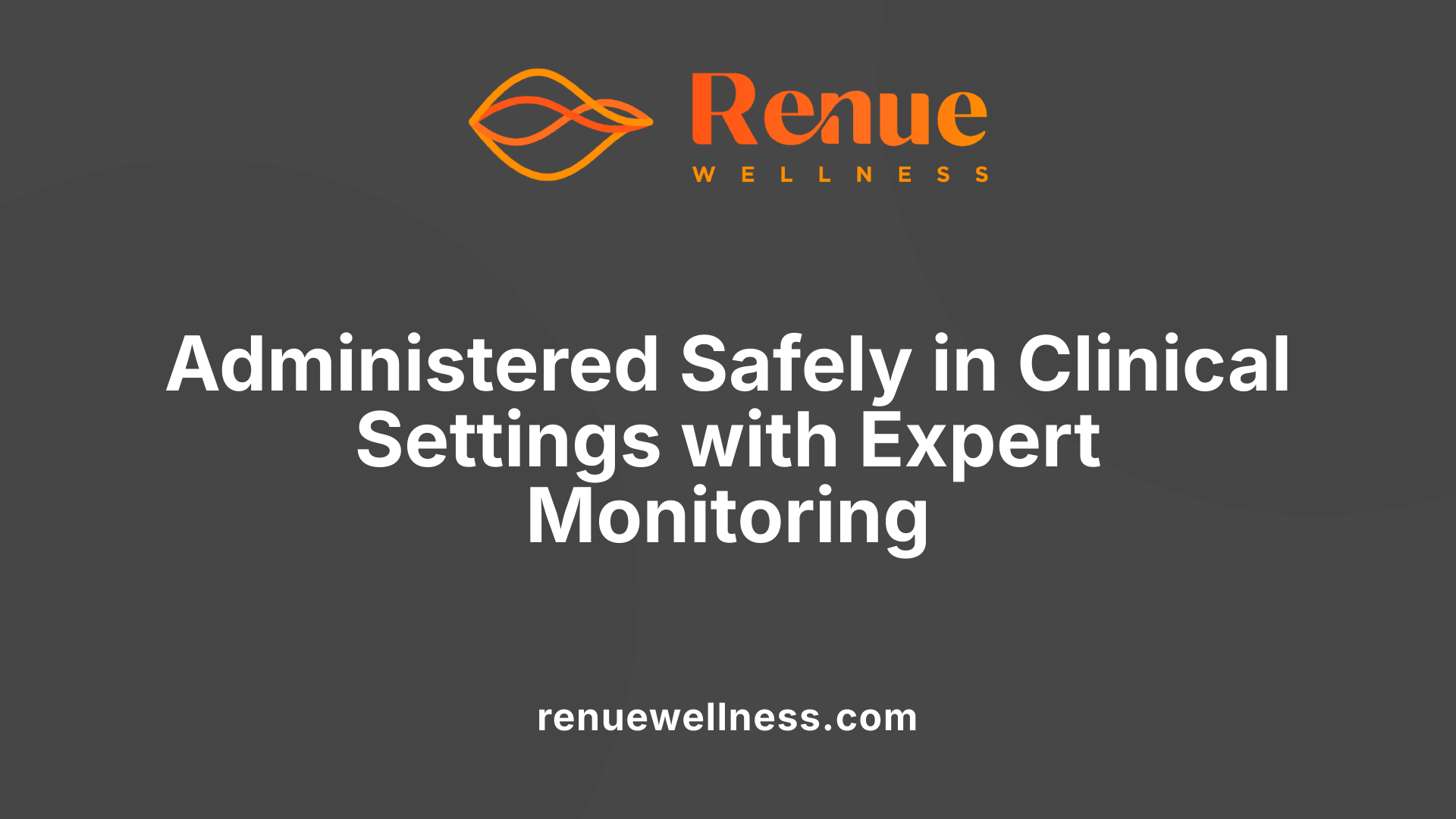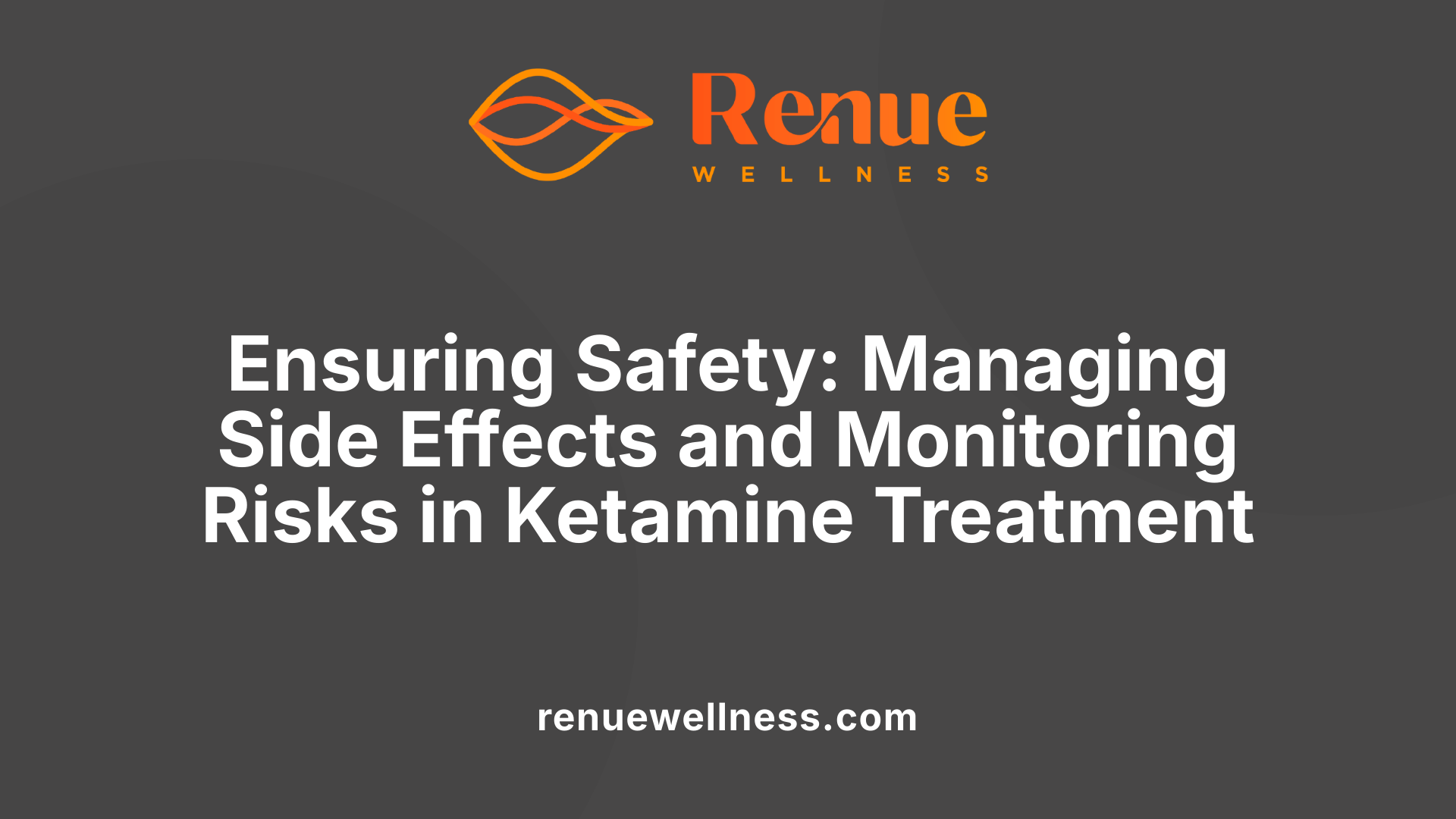New Moms With PPD: How Ketamine Helps Regain Control


July 23, 2025
Understanding postpartum depression and emerging treatment options
Postpartum depression (PPD) affects approximately 10% to 15% of new mothers, with symptoms that can severely impact both mother and child. Traditional treatments, such as antidepressants and psychotherapy, often take weeks to show benefits, leaving many women to suffer during a vulnerable period. Recent scientific research highlights ketamine as a promising, fast-acting alternative for managing and potentially preventing PPD, offering hope to mothers seeking rapid relief and control over their mental health.
Mechanisms of Ketamine's Action in Treating PPD

How does ketamine help in treating postpartum depression?
Ketamine significantly impacts postpartum depression (PPD) by rapidly alleviating symptoms through its unique action on the brain’s neurotransmitter systems. Unlike traditional antidepressants that primarily target serotonin, ketamine works as an NMDA receptor antagonist, blocking glutamate receptors involved in neural signaling.
This blocking action leads to an increase in glutamate availability, which boosts neural communication, enhances neuroplasticity, and encourages the formation of new synaptic connections. As a result, the brain’s neural pathways associated with mood regulation are restructured and strengthened.
Research indicates that ketamine stimulates pathways like mTOR, a critical signaling cascade that promotes synaptogenesis, or the creation of new synapses. This neuroplastic effect is vital for resetting maladaptive mood patterns, allowing mothers to recover more quickly from depressive episodes.
Studies—including randomized controlled trials and meta-analyses—show that a single dose of ketamine or esketamine administered during or immediately after childbirth can lead to significant reductions in depressive symptoms and lower the risk of developing postpartum depression.
Overall, ketamine’s rapid antidepressant action is attributed to its ability to modulate glutamatergic and GABAergic neurotransmission while activating pathways that rebuild and strengthen neural connections. Although promising, ongoing research is needed to determine optimal doses and identify which women might benefit most from this treatment.
In essence, ketamine’s effects on neural plasticity and synaptogenesis help restore healthy brain function, providing mothers with faster relief from the emotional challenges of postpartum depression.
Scientific Evidence Supporting Ketamine’s Role in PPD
 Recent research highlights the promising role of ketamine and esketamine in preventing postpartum depression (PPD). Multiple clinical trials have shown that low-dose ketamine administered during or immediately after childbirth can significantly reduce the risk of developing postpartum depression.
Recent research highlights the promising role of ketamine and esketamine in preventing postpartum depression (PPD). Multiple clinical trials have shown that low-dose ketamine administered during or immediately after childbirth can significantly reduce the risk of developing postpartum depression.
In one notable study published in The BMJ, 364 women with prenatal depressive symptoms received either 0.2 mg/kg esketamine or a placebo via intravenous infusion right after childbirth. The results were striking: at six weeks postpartum, only 6.7% of women in the esketamine group experienced major depression, compared to 25.4% in the placebo group. This indicates that a single dose of esketamine can cut the risk of postpartum depression by approximately 75%. The study provided strong evidence through assessments like the Edinburgh Postnatal Depression Scale (EPDS) and Hamilton depression rating scales, which showed sustained improvement in depressive symptoms.
Another key trial involved women undergoing scheduled cesarean sections; they received a single infusion of ketamine during anesthesia induction. These women had significantly lower postpartum depression scores two and four weeks after delivery compared to control groups, according to EPDS assessments.
Meta-analyses of multiple studies further support these findings. Data synthesized from diverse trials suggest that ketamine and esketamine not only lower symptoms of postpartum depression but may also reduce the overall incidence during the early postpartum period. For instance, a 2024 meta-analysis concluded that women treated with esketamine showed better mood symptom control and a reduced incidence of depression up to 42 days postpartum.
While much of the current evidence emphasizes prevention, research on using ketamine as a treatment for women already suffering from postpartum depression remains limited. Nevertheless, the existing data strongly suggest that ketamine’s rapid-acting antidepressant properties could be highly beneficial, especially for women at high risk or requiring quick symptom alleviation.
In summary, robust clinical trials indicate that both ketamine and esketamine are effective in reducing postpartum depression symptoms and incidence. Their rapid onset of action and promising safety profile make them appealing options for postpartum mental health management, although further research is needed to confirm optimal protocols and long-term safety.
Administration and Monitoring of Ketamine for PPD

How is ketamine administered for postpartum depression treatment?
Ketamine therapy for postpartum depression is typically delivered through two main methods: intravenous (IV) infusion and intranasal spray. In clinical settings, a single low dose of esketamine—a derivative of ketamine—is administered immediately after childbirth to help reduce depressive symptoms.
For IV infusion, dosages such as 0.2 mg/kg are common, infused slowly over about 40 minutes under strict medical supervision. The nasal spray, marketed as Spravato, is used as an alternative route; however, most research specifically for postpartum cases has employed IV delivery. Both methods require healthcare professional oversight to monitor for immediate side effects.
Typical dosing protocols
Dosing varies depending on the method and specific clinical protocol, but a common approach involves a single low-dose infusion administered immediately following delivery. This anticipates a rapid onset of antidepressant effects, often within hours or a day.
Repeated infusions might be considered in ongoing treatment plans, but randomized trials have primarily focused on single-dose administration during or immediately after delivery. The goal is to provide quick symptom relief while minimizing side effects.
Clinical settings and supervision requirements
Administering ketamine or esketamine for postpartum depression is conducted in controlled clinical environments such as hospitals or specialized clinics. Continuous monitoring by trained healthcare professionals is essential to detect and manage possible adverse effects.
Supervision ensures patient safety during and after infusion, with facilities ready to address side effects such as hallucinations, dizziness, or sedation. The therapeutic setting also allows for immediate adjustment of dosage or discontinuation if necessary.
Monitoring for side effects such as hallucinations, dizziness, sedation
Side effects are generally transient but require careful observation. Common reactions include dizziness, sedation, double vision, hallucinations, or acute anxiety. These effects often resolve within a short period without needing medical intervention.
Monitoring involves observing vital signs, mood, and cognitive status during and after treatment. Medical staff are prepared to support patients experiencing any psychological or physical discomfort, ensuring safe recovery before leaving the clinical setting.
Timing of administration—during cesarean or immediately post-delivery
Research shows that administering ketamine during cesarean surgeries or immediately after delivery can both be effective in preventing postpartum depression. The timing is critical: the infusion or spray is usually given right after childbirth to maximize rapid antidepressant effects and improve maternal bonding.
In some studies, this approach has demonstrated a significant reduction in depression incidence when compared to placebo, especially in women identified as high risk for postpartum depression.
Overall, ketamine’s mode of administration involves careful timing, appropriate dosing, and comprehensive supervision to ensure safety and efficacy for new mothers facing postpartum depression.
Safety, Risks, and Considerations in Ketamine Therapy

What are the safety considerations and potential risks of ketamine treatment for postpartum depression?
Ketamine therapy for postpartum depression shows promising results in rapidly alleviating depressive symptoms and even preventing the onset of major depression when administered around the time of childbirth. However, safety considerations are crucial in clinical practice. Common side effects experienced during treatment include dizziness, hallucinations, and transient dissociation. These neuropsychiatric effects are usually mild, short-lived, and do not require medical intervention.
In controlled settings, monitoring protocols are strictly followed to ensure maternal safety during and after infusion. Healthcare providers observe blood pressure, mental status, and physical reactions throughout the treatment process. This vigilance helps manage side effects promptly and reduces risks.
For breastfeeding women, ketamine’s transfer through breast milk appears minimal, and current evidence suggests that low-dose ketamine does not adversely affect neonatal outcomes, such as Apgar scores. Nonetheless, many clinicians recommend that mothers pump and discard breast milk for up to 48 hours post-treatment as a precaution.
One of the current gaps in knowledge involves the long-term safety profile of ketamine use postpartum. While short-term effects are manageable, there is limited data on potential long-term neuropsychological impacts. Therefore, further research is necessary to fully understand any enduring risks.
Ketamine’s use in high-risk women, such as those with previous mental health issues or under high-dose protocols, requires careful assessment and monitoring. Although generally well tolerated at low doses, higher doses or repeated treatments may increase the likelihood of adverse events.
Overall, while ketamine presents a promising alternative for rapid depression relief, its administration must be tailored to individual risk profiles, with medical supervision being essential to maximize benefits and minimize risks.
Balancing Promise and Caution in Ketamine Use for PPD
While ongoing research and clinical trials reinforce the promise of ketamine as a rapid, effective treatment and preventive tool for postpartum depression, it remains an emerging option requiring cautious application. Healthcare providers must weigh its benefits against potential side effects and gaps in long-term safety data. As science advances, personalized treatment approaches incorporating ketamine could revolutionize postpartum mental health care, empowering new mothers to regain control and foster healthier family dynamics.
References
- Is Ketamine or Esketamine an Option for the Treatment of ...
- The effect of ketamine on preventing postpartum depression - PMC
- The Benefits of Ketamine for Postpartum Depression - Klearmind
- Ketamine as potential treatment for postpartum depression - PubMed
- Ketamine Injection After Childbirth Reduces Postpartum Depression ...
- The potential of ketamine to mitigate postpartum depression
- Can Intravenous Ketamine Reduce Risk for Postpartum Depression?
- Ketamine Therapy for Postpartum Depression: A New Mother's Path ...
- Ketamine: A Breakthrough for Postpartum Depression
- The Emerging Science Behind Ketamine Therapy for Postpartum ...
Recent Posts
Conditions Treated
AnxietyDepressionOCDPTSDPostpartum DepressionPain ManagementSubstance AbuseSuicidal IdeationOur Location


